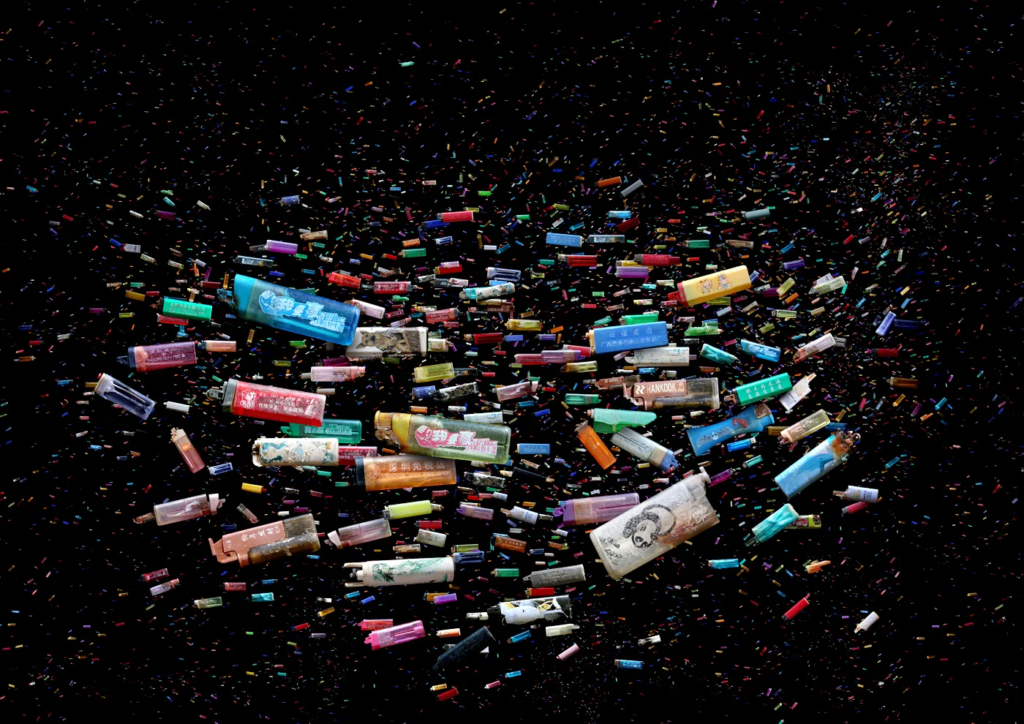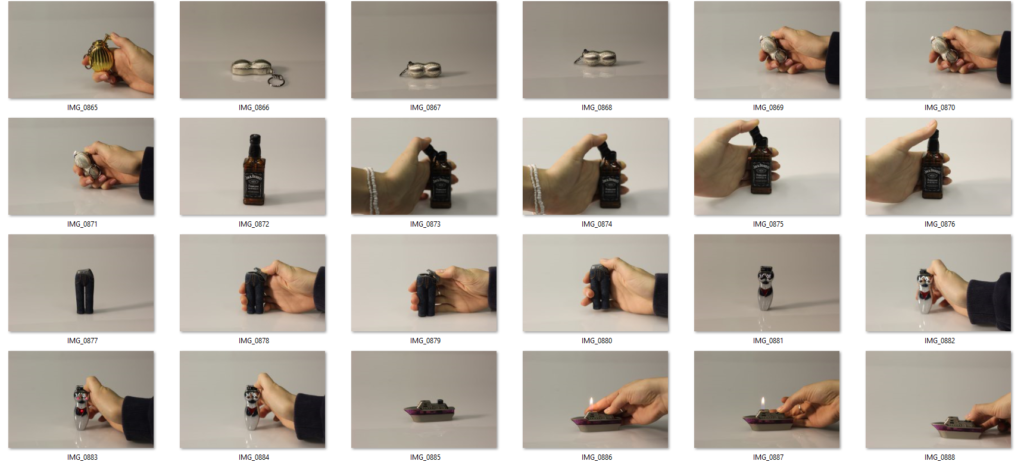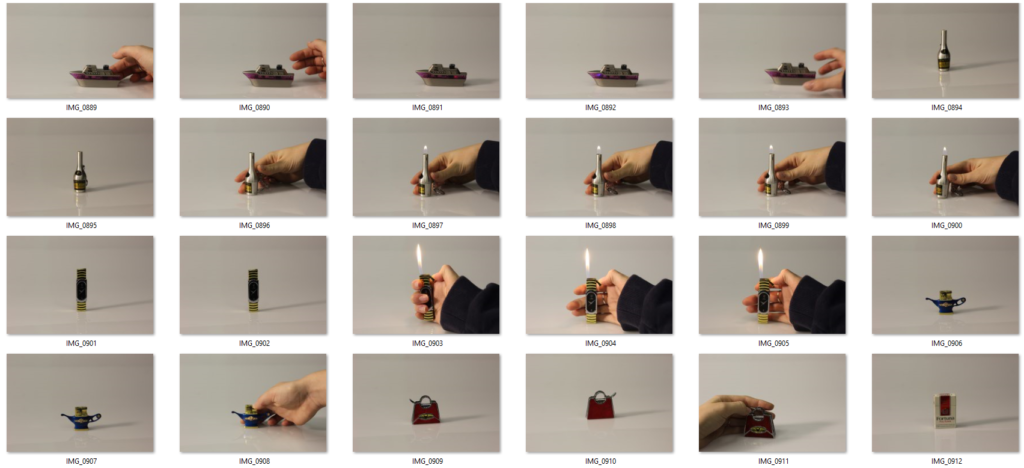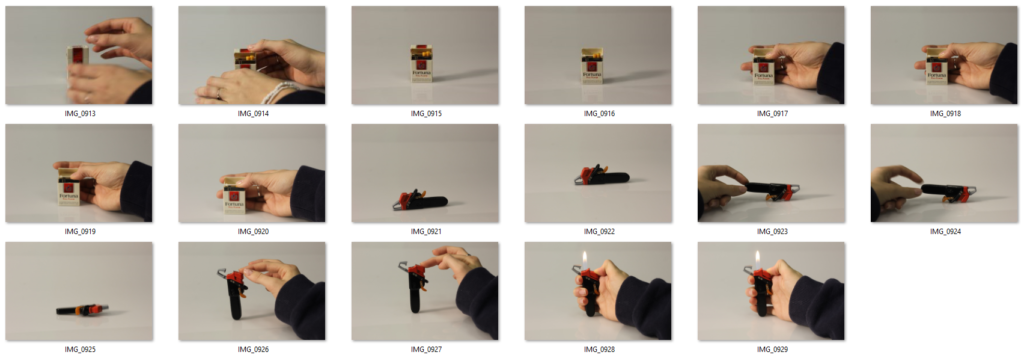
What does Anthropocene mean? Anthropocene is the current world period, seen as the period where human activity has affected the climate and environment.
Anthropocene photography is the idea of capturing how humans have affecting the natural environment, often for the worse. This style has become prominent with the current climate crisis.

With climate change and excess waste, the green house gasses emitted damages the ozone layer which means less heat goes into space and heats up the earth.
This therefore, destroys causes more extreme weather and also causes icebergs to collapse. Due to this, water levels in countries are rising, leaving many people homeless.


Not only has the sea levels risen but it has also caused more frequent and violent wildfires. Not only does this displace people from their homes, it destroys animals habitats and kills.


In addition, the over fishing crisis and the increase in temperature in the world has caused Earths oceans to heat, causing coral to die. Corals support 25% of sea life.

Not only is the pollution harmful to the environment, it is also severely damaging to peoples health. There is significant evidence showing that air pollution contributes to cancers such as lung cancer. In 2010 there were 223,000 lung cancer deaths linked to air pollution.

Excess waste and plastics are flooding the earth currently. Plastics can take 20 to 500 years to break down. Therefore the excess waste of mostly single use plastics such as plastic bags and water bottles are everywhere, in our oceans, in animal habitats and in dumping grounds.

Anthropocene photography is not to be admired, it is to raise awareness of the damage we as humans have created to the previous near perfect earth. It is made to shock and to create a reality of how much damage we has humans have done to the earth and how we need to stop before it is too late.
Vilde Rolfsen


Vilde Rolfsen is a photographer born in Oslo, Norway. She attended Kingston University with a first degree Bachelor in Fine Art Photography and currently attends Oslo National Academy of the Arts. Rolfsen uses plastic bags and different lighting to produce these beautiful images. She does this to raise awareness about single-use plastics and throwaway culture. She was very successful in these photographs and sells prints on her website from £8000-£65000.
Analysis

This is a digital photograph by Vilde Rolfsen taken with a Canon eos D60 camera. The mise en scene presents an abstract photograph it presents a plastic bag and the interesting patterns of it using different lighting. It almost looks like a flowers petals of a rose. Rose petals love which sparks joy to the audience. There is a wide depth of field as most of the photograph is in focus, it shows the crisp patterns of the bag, the random patterns are similar to rock formations. The image feels like it is descending, which creates the idea of a alien void which we as the audience are exploring through this photograph. The edges are blurred which leads me to believe it has an f/stop of around f/11. The shutter speed is very fast due to the crisp image. It does not follow the rule of thirds however, there are many leading lines that lead us to the centre, as shown, further accentuating the void.

Vilde Rolfsen states
“I’ve had people come up to me and say: “I’ve seen your work and I’ll never look at a plastic bag the same way again.” I want people to stop and think about the plastic cups lying around and blowing away. No one cares, because it’s normal. I don’t want to make this political statement with my images, I just want to create awareness around the issue, making people aware of it. Using a plastic bag is so stupid when you can just bring your own or use a backpack, it’s so simple.”
Opinions
Personally, I really like these images by Vilde Rolfsen and I have studied them in the past. I think the story behind them is interesting, powerful and communicates this message really well. I am going to recreate these images using a plastic bag and different coloured lighting.
Mandy Barker


Mandy Barker, born in 1964, is a British artist who is renowned for her photographs marine debris. Barker graduated from De Montfort University in England with a masters degree in photography. She works with scientists to raise awareness of the vast amount of plastic in the ocean. In the ocean there is 5.25 trillion macro and micro pieces of plastic in our ocean which weighs up to 269,000 tonnes. Every day, there are 8 million pieces of plastic that end up into the ocean. The plastic debris injures and kills fish, seabirds and other ocean inhabitants. Plastic pollution in the ocean has impacted 267 species worldwide. Barker has had many exhibitions and awards through her career such as the Fellowship of the Royal Photographic Society in 2019. She even received a handwritten letter from Sir David Attenborough himself, he said “I hope your work does its job in raising an awareness of the cause we both care so much about.”
Mandy Barker states:
“The aim of my work is to engage with and stimulate an emotional response in the viewer by combining a contradiction between initial aesthetic attraction along with the subsequent message of awareness. The research process is a vital part of my development as the images I make are based on scientific fact, essential to the integrity of my work. The impact of marine plastic is an area I have documented for more than 10 years and am committed to pursuing through visual interpretation, and in collaboration with science I hope it will ultimately lead to positive action in tackling this increasing environmental problem, which is currently of global concern”.
Opinions
I think that Barkers work is not only amazing to look at but also the message behind it is so important. Her images represent the abyss of the world and how we have filled it with rubbish. I definitely inspired by this to create my final piece. Especially this one:

I am going to add in litter and also human hands to show how we have damaged the earth.
Photoshoot
This is my first photoshoot of the lighters.





Angie McGonigal

I really like Angie McMonigal’s work. The patterns and the interesting building shapes really interest me. I would really like to include this in my final piece.
